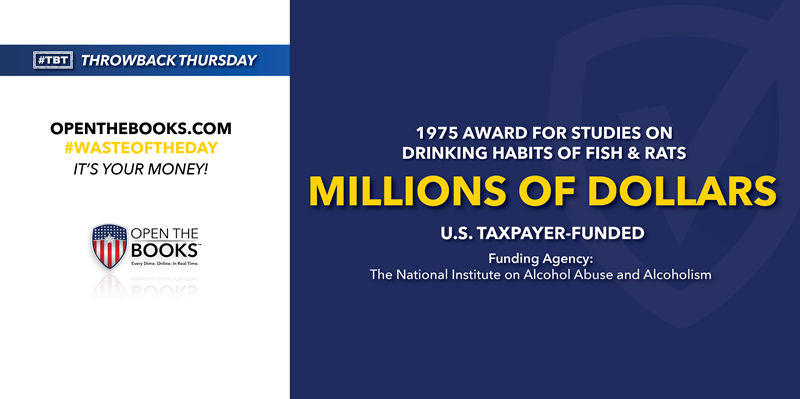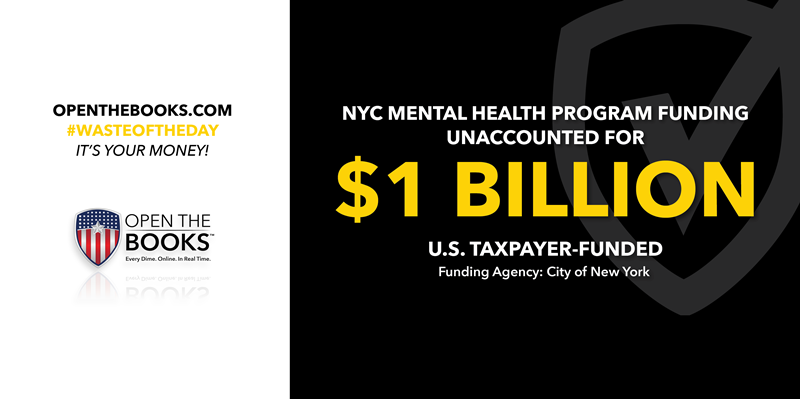
131 Federal Judges Didn’t Disclose Their Interests and Cases May Be Reheard
October 11, 2021

Federal district judges earn $218,600 annually and many hold stock investments, a potential conflict of interest when a case involving the companies in which they’re invested comes before them.
That’s exactly what happened with 131 federal judges who broke the law by hearing suits in which they had a financial interest, The Wall Street Journal recently reported.
The Journal looked at the financial disclosure forms that about 700 federal judges filed between 2010 and 2018 and found that 129 federal district judges and two federal appellate judges in 685 lawsuits had at least one case where they or their family owned stock in a company that was a plaintiff or defendant in their courtroom.
Now, 56 of the judges have told their court clerks to notify parties in 329 lawsuits that they should have recused themselves, making it likely that new judges will be assigned to re-hear the cases at a huge cost to taxpayers.
There’s no law stopping judges from owning stocks, but since 1974, federal law has barred judges from hearing cases that involve a party in which they, their spouses or their minor children have a “legal or equitable interest, however small.”
While there’s no estimate as to how large the bill is that taxpayers foot for the average, federal court case, we know that these judges collect $218,600 annually — $28.6 million for 131 judges — plus benefits.
Their court clerks and other support staff are paid salaries as they go through case after case, and re-hearing cases that have already been decided is a waste of taxpayer money that could have been avoided if judges disclosed their conflict of interests before taking a case.
Former Mass. Mayor Extorted from Marijuana Businesses
October 12, 2021

The former mayor of a Massachusetts town was recently sentenced to six years in prison for committing more than a dozen counts of wire fraud, extortion, and extortion conspiracy while in office.
Ex-Fall River Mayor Jasiel Correia extorted hundreds of thousands of dollars from marijuana businesses that wanted to operate there, The Associated Press reported.
Correia was elected in 2016 at age 23 and was held up as a Democratic star but was convicted in May of funding a lavish lifestyle with money he stole from investors of his app “SnoOwl” designed to help businesses connect with consumers.
Correia allegedly spent almost two-thirds of the approximately $400,000 he got from investors on hotels, a Mercedes, and to pay down his student loans.
On top of that, after taking office, Correia took bribes from marijuana vendors in exchange for city approval to get a license, prosecutors said, the AP reported.
Voters kicked Correia out of office in November 2019, but not before he survived what AP called a “bizarre election in March 2019 during which he was recalled by voters and reelected the same night.”
The federal prosecutor who asked for an 11-year sentence for Correia noted that greed and hubris is the only way to explain the former mayor’s actions since he has a supportive family and was making a good salary as mayor.
No doubt the wire fraud, extortion, and extortion conspiracy he committed while in office wasted taxpayer money while he got rich.
Federal Gov Should Come Clean on Its Staff, Spending
October 13, 2021

The U.S. government has 1.4 million federal employees at executive agencies, a modern day high with a $130.3 billion payroll that exceeds the 1.35 million employees in 2016.
Including civilian employees of the Department of Defense and U.S. Postal Service employees, that figure jumps to 2.8 million federal employees at a cost of $217 billion, $225 billion when adjusted for inflation, according to a new oversight reportfrom OpenTheBooks, “Mapping the Swamp: A Study of the Administrative State (FY2020).”
That’s without the oodles of data that’s missing because the Office of Personnel Management (OPM) has withheld payroll data from a dozen agencies.
When OPM supplied OpenTheBooks with federal payroll data from Freedom of Information requests, the agency lumped bonuses into total compensation with no way to delineate bonuses, harming transparency.
Pension payments are exempt from Freedom of Information requests, and out of the 2.8 million pay records, there were 957,547 redacted names — more than one-third of all employees that were listed in the FOIA request.
Most of the redacted names — 698,547 — were civilian DOD employees. Also missing was adjusted basic pay, total compensation and 34,000 job titles, providing only basic pay data.
There were 259,000 redacted names among the Internal Revenue Service, Federal Bureau of Investigation, Secret Service, and many other rank-and-file agencies. That’s significantly higher than the 3,500 redactions we saw in our 2016 report.
How can taxpayers know what they’re paying for with large tranches of missing data.
1975 Golden Fleece Award for Studies on Behavior of Drunk Fish, Rats
October 14, 2021

Throwback Thursday!
Is a fish or a rat more likely to get into a bar fight after having too many drinks? We may never know.
The National Institute on Alcohol Abuse and Alcoholism tried to answer this question, spending millions of dollars over many years to find out if drunk fish are more aggressive than sober fish and if rats can become alcoholics.
It’s unclear if they ever did, but in 1975, Sen. William Proxmire, a Democrat from Wisconsin, gave the agency one of his Golden Fleece awards for wasteful and nonsensical spending.
That year, Proxmire lamented the continuous spending.
“Over the years, NIAAA has spent literally millions of dollars in hundreds of experiments to turn normal rats into rodent ‘lushes’ with little or no success,” Proxmire was quoted as saying in The Vidette, a local newspaper in Indiana.
One such grant was for $102,000 — $517,589 in 2021 dollars — to study the effects of alcohol on aggressive behavior in a species of sunfish, including one experiment to measure the effects of gin compared to tequila.
The same researcher spent another $90,000 — $456,696 in 2021 dollars — to attempt to turn rats into alcoholics by making them neurotic.
The rats were “put into insoluble situations or given unpredictable rewards and shocks,” the newspaper reported.
While Proxmire acknowledged there’s a role for animal experiments, he said, “the most effective way to understand human conditions and problems is to observe human behavior.”
He’s probably right, especially given that millions of taxpayer dollars were spent trying to answer these questions.
Of $1B Missing from NYC Mental Health Program — Some Went to Unused ‘Diversion Centers’
October 15, 2021

To no avail, government watchdogs, politicians, and the media have long asked for accountability in spending from the $1 billion budget of New York City First Lady Chirlane McCray’s ThriveNYC, the program that was supposed to combat mental illness for New Yorkers.
City Comptroller Scott Stringer has blasted the first lady and her husband, Mayor Bill de Blasio, for showing little of how the $1 billion mental health plan is actually helping New Yorkers and whether it’s worth all that taxpayer money.
ThriveNYC hasn’t provided data that shows its programs are working, even though it promised to do just that, the New York Daily News reported more than a year ago. Not much has changed.
Now, we see that about $100 million was used for “diversion centers’ to treat mentally ill instead of sending them to jail but those centers haven't been used, or have been barely used, according to a new report from local news organization The City.
The report shows that the city Department of Health and Mental Hygiene in 2017 spent $52 million in taxpayer dollars to refurbish a 14,000-square-foot former IRS office in the Bronx for a state-of-the-art “diversion center." Four years later it sits empty.
These “diversion centers” were part of de Blasio’s criminal justice reform plan to have police drop off people in mental health crises there instead of bringing them to hospital ERs or jail, which is what they have long done.
Another $51 million went to a similar facility in East Harlem that opened in November 2020 and where only 45 people have been brought in for help so far, costing $1.1 million per visit.
New Yorkers have questions about where the $1 billion in their taxes went, now they know how a fraction of it was wasted.
The #WasteOfTheDay is presented by the forensic auditors at OpenTheBooks.com.